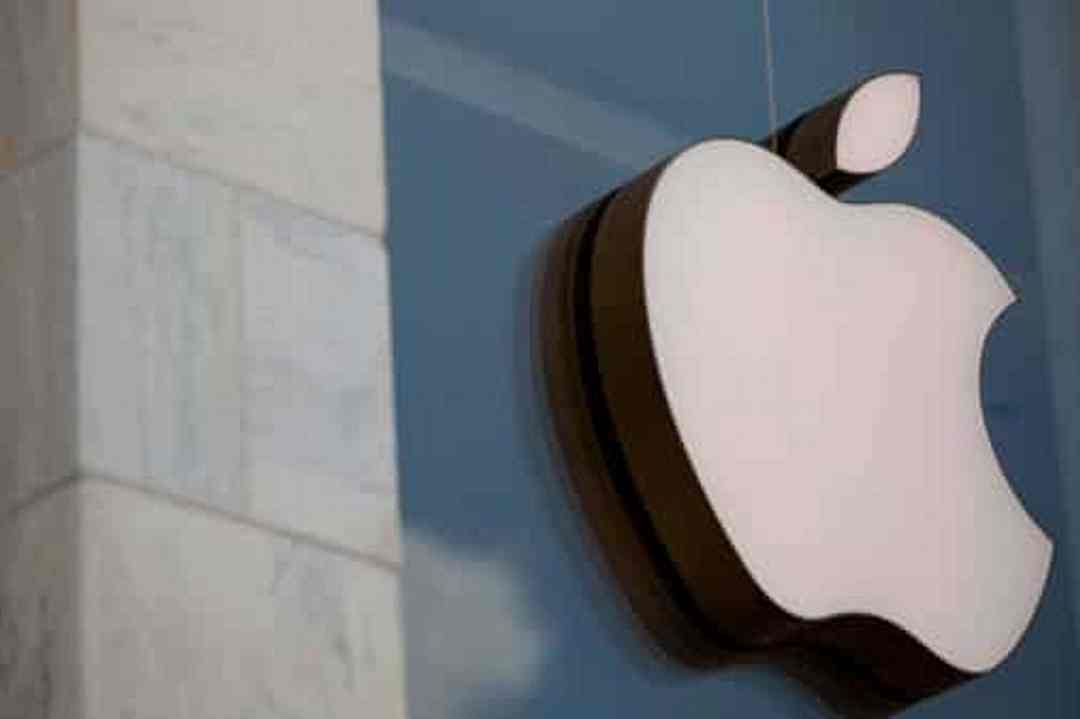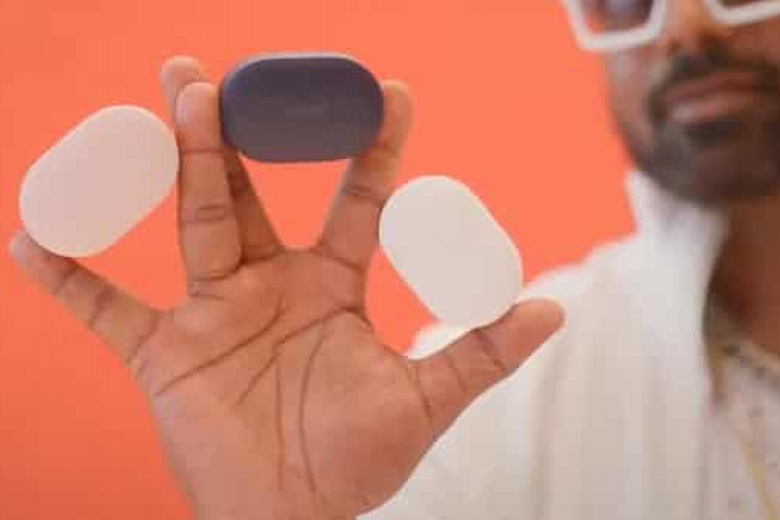Apple Inc. is working on new health-related features for its smartwatch, including a tool to tell users when their blood pressure is increasing and a thermometer to help with fertility planning, according to people familiar with the plans and internal company documents.
The fertility feature could be available as soon as next year, along with potential improvements to its irregular-heartbeat monitoring and an upgrade to how it tracks sleep patterns, the people said and the documents show.
The company is expected to release its seventh version of the Apple Watch in the coming weeks, according to analysts, but most of its more ambitious health-related improvements aren’t expected before 2022.
Beyond next year, Apple wants its smartwatch to be able to detect sleep apnea, provide medical guidance when it senses low blood oxygen levels and, perhaps one day, spot diabetes, according to the documents and some of the people.
Features, especially those being studied for release in later years, might never be rolled out to consumers or timing could change, cautioned people familiar with the company’s plans.
The plans for the watch underscore Apple’s ambitions in health, which Chief Executive Tim Cook has said will be the company’s “greatest contribution to mankind.” Ads for the watch end with the tagline “The future of health is on your wrist.” Last year, the device brought in nearly $13 billion in sales, commanding 65% of the global smartwatch market by revenue, research firm Strategy Analytics estimates.
An Apple spokeswoman declined to comment.
Much as the iPhone transformed the world by replacing small cameras, flashlights and other devices with a pocket-size computer, the company wants the watch to do the same in health. One challenge for Apple and other smartwatch makers is that the wrist is a poor place to measure vital signs like blood-sugar levels. Innovation in health and science can move slowly. Proving health features are safe and effective often takes years.
Apple’s health division has faced challenges in its attempts to meet the company’s big ambitions for disrupting healthcare. The unit’s culture has been cited as a concern by some departing employees, The Wall Street Journal reported in June. Apple disputed assertions in that article and defended the accomplishments of its health team, saying the company is still in the early innings of its work in healthcare.
The watch’s potential and its limits are evident in the new hypertension feature, according to people familiar with the feature and the documents. Apple previously set its sights on rolling out the feature next year, according to the people and documents.
High blood pressure, or hypertension, afflicts as many as 108 million American adults and is a factor in nearly half a million deaths a year, according to the Centers for Disease Control and Prevention. Many don’t know they have it. A wearable device that reliably identifies and tracks the condition could help save lives and be a big hit for a tech company.
Today, blood pressure is commonly measured with inflatable cuffs wrapped around the upper arm. The sensors in smartwatches and smartphones can’t replicate that. So Apple is studying a proxy that measures the speed of the wave a heart beat sends through a person’s arteries using sensors in the Apple Watch, according to the documents and the people.
MINT PREMIUM
See All
Premium
Investors of Indian Hotels to get a warm stay
Premium
How tier-II tech firms are leading the way in Q4
Premium
E-scooters on govt’s radar after recent fires
Premium
What bond platforms are offering investors
Samsung Electronics Co. has incorporated a similar feature into its smartwatches, available in places where it has received regulatory approval, including South Korea and Europe. Google’s Fitbit unit said this year it is also studying such a feature.
The version of the feature under discussion at Apple would try to show users how their blood pressure is trending, but without providing a baseline measure of systolic and diastolic blood pressure, according to people familiar with these plans. Some employees have raised questions to managers about how useful such a feature would be, the people said, though they cautioned that the feature is still in development and could change.
Looking further out, Apple is also studying a cuffless blood-pressure device, which is theorized as a device that could give a blood-pressure reading without inflating, according to the documents and a person familiar with them. The person cautioned that this work is still at a very early stage as Apple studies the feasibility of such technology.
Other expected features next year would help the Apple Watch catch up with rivals, including detecting advanced sleep patterns at night, according to people familiar with the plans, similar to a feature available on the Fitbit.
In the future, Apple is investigating whether it can use the watch’s blood-oxygen sensor to detect sleep apnea, a condition where breathing stops and starts, lowering blood-oxygen levels and disrupting sleep, the people said. One challenge for Apple is determining when to take readings overnight since running the watch’s sensor drains the battery, one of the people familiar with its plans said.
Apple is planning for the watch to take a person’s temperature by next year, according to the documents and people familiar with the feature. That is similar to what is available on the Fitbit and will require a new sensor to be added to the watch, these people said. A planned use for the sensor in 2022 would be for fertility planning, the people said, giving women clues about where they are in their ovulation cycle. Already this is available from startups, including Natural Cycles USA Corp., whose birth-control app was cleared by the Food and Drug Administration in 2018. In the future, Apple hopes the wrist temperature feature can be used to detect fevers, the people said.
Bloomberg earlier reported on Apple’s goal to add a wrist thermometer to the watch.
Separately, Apple wants the FDA to sign off on updates to existing watch features. One such update would allow people diagnosed with the irregular heart rhythm known as atrial fibrillation, or AFib, to use the watch feature designed to track that condition, according to the documents and people familiar with the plans. Another would allow the company to alert users if their blood-oxygen level drops, people familiar with the issue said. Today the blood-oxygen sensor provides a reading, but doesn’t alert users, and the AFib feature can only be used by people who say they don’t have that condition.
Apple is also studying a watch feature that might detect diabetes, according to a person familiar with Apple’s plans and the documents, though the work remains at a very early stage, this person said. For years the company has tried to develop a noninvasive way to measure blood glucose levels and has struggled to make progress, people familiar with those efforts said.
Additionally, Apple is quietly working with the National University of Singapore on a research project examining lifestyle coaching for pre-diabetics who wear more invasive blood-glucose monitoring devices from other companies, as well as a Bluetooth smartwatch, according to a person familiar with the study. It is expected to be completed next year.







